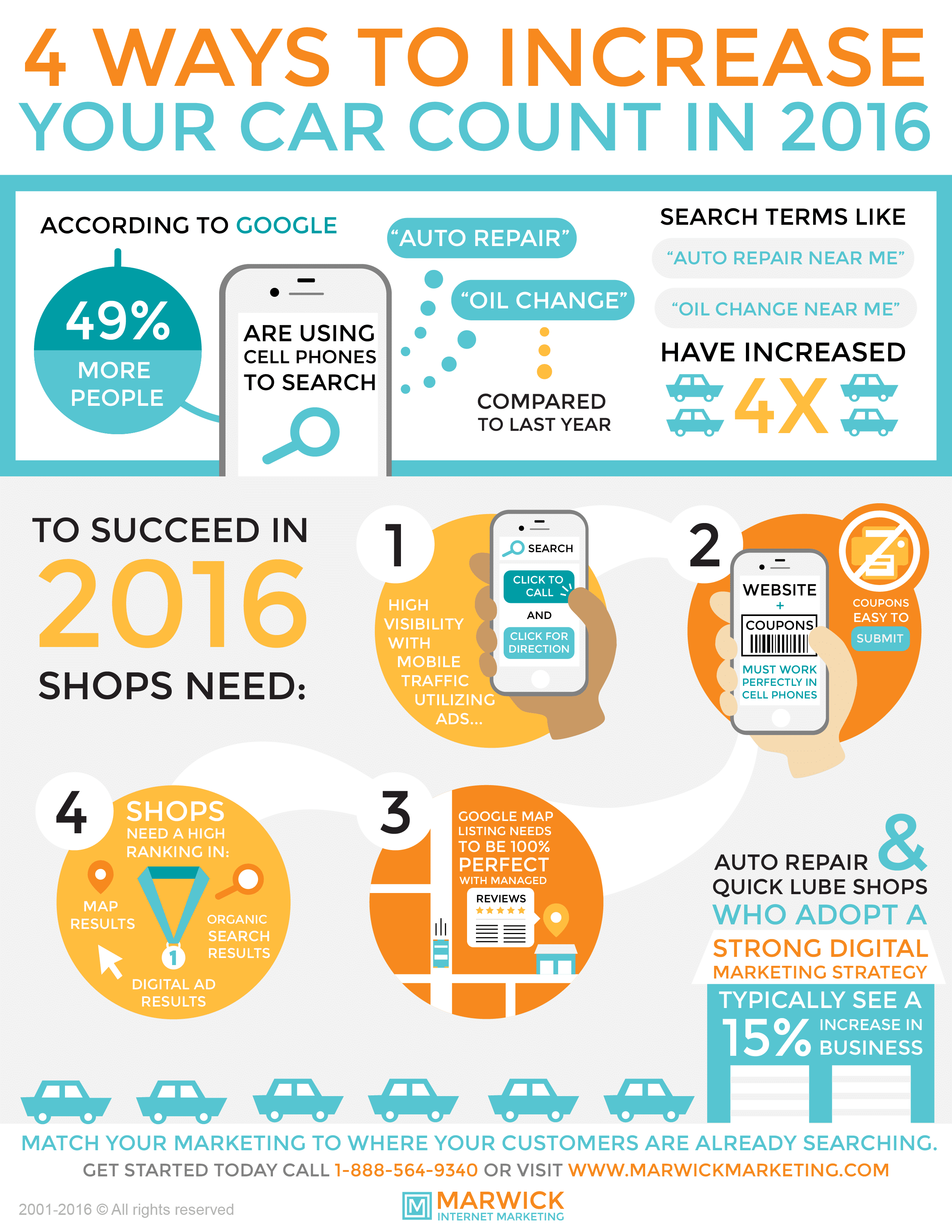Wondering About The Significance Behind Those Dashboard Warning Lights? Gain Understandings Into Their Effects For Your Vehicle'S Safety And Security And Maintenance
Wondering About The Significance Behind Those Dashboard Warning Lights? Gain Understandings Into Their Effects For Your Vehicle'S Safety And Security And Maintenance
Blog Article
Web Content By-Termansen Alvarado
When you lag the wheel, those radiant caution lights on your dashboard can be a little bit perplexing. Do you understand what they're trying to tell you about your car's health and wellness? Recognizing the relevance of these lights is crucial for your safety and security and the long life of your vehicle. So, the next time one of those lights pops up, wouldn't you wish to decode its message accurately and take the necessary steps to resolve it?
Common Warning Lights and Interpretations
Identify typical caution lights in your automobile and recognize their meanings to make sure secure driving.
The most normal warning lights include the check engine light, which signals issues with the engine or emissions system. If this light begins, it's vital to have your lorry examined promptly.
The oil stress advising light suggests reduced oil stress, calling for prompt attention to prevent engine damage.
A flashing battery light could recommend a faulty billing system, possibly leaving you stranded if not addressed.
The tire pressure surveillance system (TPMS) light notifies you to reduced tire pressure, affecting vehicle security and gas effectiveness. Ignoring this could cause hazardous driving conditions.
The abdominal light suggests an issue with the anti-lock stopping system, compromising your ability to quit rapidly in emergency situations.
Lastly, the coolant temperature level advising light warns of engine getting too hot, which can cause severe damages otherwise settled quickly.
Comprehending these usual caution lights will certainly assist you address problems immediately and keep risk-free driving problems.
Relevance of Prompt Attention
Recognizing the usual caution lights in your vehicle is only the primary step; the value of immediately resolving these warnings can not be highlighted sufficient to ensure your safety and security when traveling.
When a caution light illuminates on your control panel, it's your automobile's method of interacting a prospective concern that needs interest. Overlooking these warnings can cause extra severe troubles in the future, jeopardizing your safety and security and potentially costing you more in repairs.
https://collinldulc.webbuzzfeed.com/31749840/fascinated-by-the-common-false-impressions-concerning-vehicle-detailing-explore-the-truths-behind-these-myths-and-learn-exactly-how-professional-describing-can-benefit-every-lorry-proprietor to alerting lights can avoid break downs and accidents. For instance, a flashing check engine light could indicate a misfire that, if left neglected, could trigger damage to the catalytic converter. Addressing this promptly can conserve you from a costly repair.
In a similar way, a brake system cautioning light could signify reduced brake liquid or worn brake pads, important components for your security when driving.
DIY Troubleshooting Tips
If you see a warning light on your control panel, there are a couple of do it yourself repairing tips you can try prior to looking for specialist help.
https://what-is-ecu-tuning39517.bloginder.com/31830428/wondering-regarding-the-significance-behind-those-dashboard-caution-lights-gain-insights-right-into-their-effects-for-your-car-s-safety-and-upkeep is to consult your automobile's handbook to recognize what the certain caution light indicates. Occasionally the issue can be as straightforward as a loosened gas cap setting off the check engine light. Tightening the gas cap may settle the issue.
An additional common issue is a low battery, which can trigger different cautioning lights. Checking the battery links for deterioration and ensuring they're safe might fix the trouble.
If a caution light lingers, you can attempt resetting it by separating the auto's battery for a few minutes and afterwards reconnecting it. In addition, examining your automobile's fluid degrees, such as oil, coolant, and brake liquid, can help fix advising lights connected to these systems.
please click the next internet page
To conclude, recognizing your car's caution lights is necessary for maintaining your car running smoothly and securely. By without delay resolving these informs and knowing what they mean, you can stay clear of costly repair work and possible break downs.
Keep in mind to consult your vehicle's handbook for certain details on each advising light and do something about it accordingly to make sure a hassle-free driving experience.
Remain educated, stay secure when traveling!
